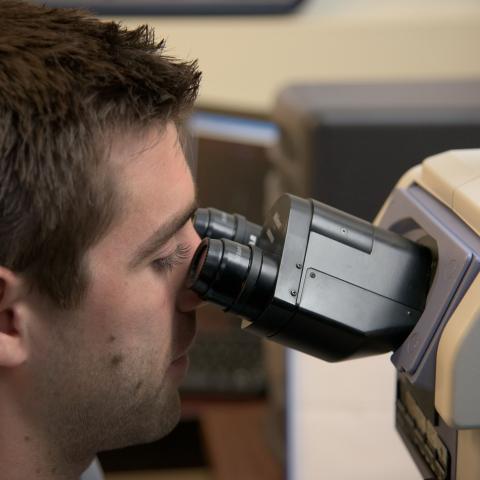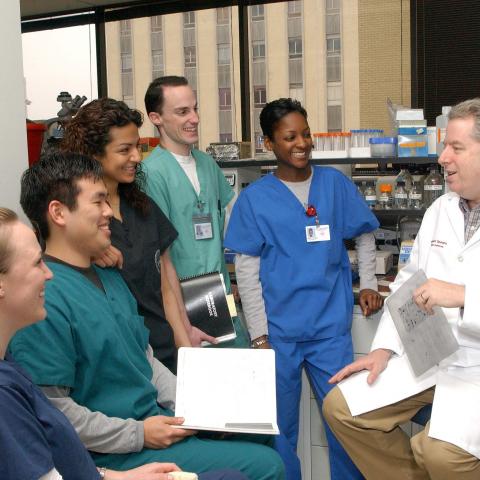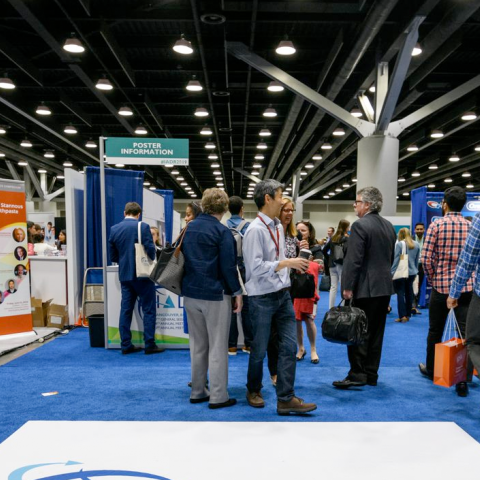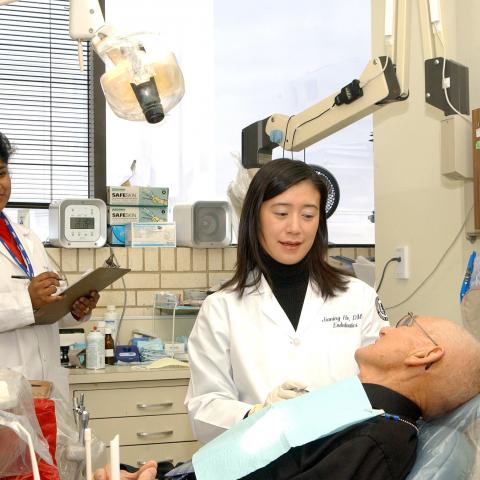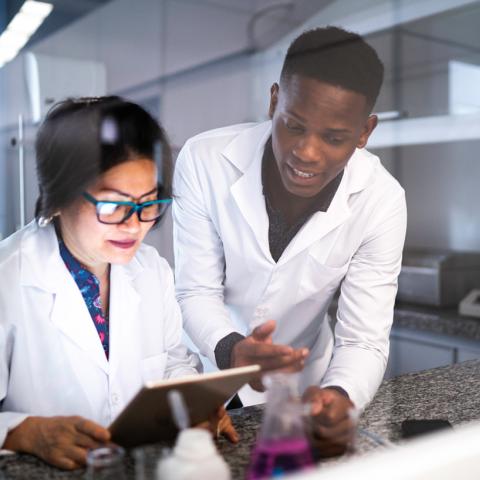Alexandria, VA – May 25, 2022 — The Journal of Dental Research today published a commentary, “Translating Science Into Improved Health For All,” that captures highlights from the Science and Technology section, which is Section Six, of the recent NIH Oral Health in America: Advances and Challenges report and details how advances in oral care can make a dramatic positive impact on overall global public health. An accompanying editorial paper, “Finding Knowledge to Improve Oral Health for All,” by the two co-directors of the report is also published.
“Our world is at a turning point with biological and social pathogens wreaking havoc at the same time that science and technology are exploding with new discoveries,” say the study’s authors, Laurie McCauley, University of Michigan, Periodontics and Oral Medicine; Michelle Robinson, University of Alabama at Birmingham, School of Dentistry, General Dental Sciences; and Rena D'Souza, National Institute of Dental and Craniofacial Research (NIDCR), Office of the Director.
“It seems particularly egregious that in a country that has led so many scientific discoveries for the improvement of oral health, far too many Americans still have limited access to prevention or early treatment due to financial and related challenges. Nevertheless, problems of group inequities in oral health and oral health care exist in many other countries as well,” said Bruce A Dye, DDS, MPH University of Colorado School of Dental Medicine and Judith Albino, PhD University of Colorado Anschutz Medical Campus, in a companion editorial. “To address these problems, the international dental research community needs to be actively engaged in the facilitation and expansion of research related activities that can improve clinical and policy decision making.”
The report highlights several key areas through which recent advances have the potential to affect clinical practice.
- Lessons of the pandemic
Each sector of the oral health profession tackled the multitude of challenges posed by the pandemic responsibly while researchers studied the role that the oral cavity plays in the pathogenesis of COVID-19.Like SARS-CoV-2 and HIV, other systemic conditions are known to be manifested in the oral cavity and sometimes triggered by oral or dental diseases. The pandemic highlights the benefit of team science and the value of partnering with public health professionals to understand epidemiologic trends, with engineers to better design and implement air flow systems, or particle physicists to characterize the aerosolization by our clinical instrumentation.
- Basic Science and Discovery
- Developmental disorders can be preemptively identified with advanced prenatal imaging along with whole genome or exome sequencing.
- Investments that the NIH and other entities have made in the microbiome, genomics, and other ‘omics technologies’ continue to emerge with direct benefits to oral health and validation of the connection between oral and systemic health.
- Personalized oral health based on genetic variations, environmental conditions and social determinants of health is emerging as a reality with promise to improve oral and systemic health.
- Oral microorganisms have been found in clear association with systemic conditions such as Alzheimer’s, rheumatoid arthritis, stroke, lung disease and others
- Technology and evidence are a bridge to a future of optimal health for all
- Collaborative alliances across the research spectrum are now in place to advance the management of dental pain and other orofacial neuropathies
- The creation of knowledge networks that integrate oral health data with other health records, relevant surveys, smart phones, other wearable devices and biosensors, can lead to new algorithms generated through machine learning and artificial intelligence
- Digital platforms supporting telehealth and teledentistry have the potential to increase access to health services for Americans living in remote and rural areas or for whom clinical services are not accessible
- As the pandemic made teledentistry more of a necessity, an increased role for teledentistry within routine practice emerged while the pre-pandemic obstacles of reimbursement, unclear scope of implementation, education, infrastructure, and lack of experiential foundation were navigated
- Advances in artificial intelligence, 3-D printing and data analytics will benefit oral health
- Advances depend on a trained workforce
- The expansion of dental schools and increases in enrollments over the past twenty years, sadly have not been met with an expansion of the scientific workforce; This emphasizes the need for a call to action for dental schools to transform traditional curriculums using scientific data and learning analytics to drive foundational science in the context of clinical practice, incorporating social determinants of health that are inclusive of all people
“New scientific knowledge is the antidote to poor oral health, but this will only be realized if built on strong evidence and translated to clinical use and policy.
‘Somewhere, something incredible is waiting to be known.’ That somewhere is here and the time is now for our profession to act with scientific approaches to better our world,” the authors conclude.
View a PDF for this press release online.
About the Journal of Dental Research The IADR/AADOCR Journal of Dental Research (JDR) is a multidisciplinary journal dedicated to the dissemination of new knowledge in all sciences relevant to dentistry and the oral cavity and associated structures in health and disease. The JDR 2-year Journal Impact Factor™ is 6.116, ranking #5 of 91 journals in the “Dentistry, Oral Surgery & Medicine” category, and the JDR 5-year Journal Impact Factor™ is 7.199. The JDR ranks #1 of 91 journals in total citations at 26,197 and Eigenfactor at 0.01683. The JDR Editor-in-Chief is Nicholas Jakubovics, Newcastle University, England. Follow the JDR on Twitter at @JDentRes!
International Association for Dental Research
The International Association for Dental Research (IADR) is a nonprofit organization with over 10,000 individual members worldwide, with a mission to drive dental, oral and craniofacial research for health and well-being worldwide. To learn more, visit www.iadr.org. The American Association for Dental, Oral, and Craniofacial Research (AADOCR) is the largest Division of IADR with 3,100 members in the United States. To learn more, visit www.iadr.org/aadocr.
